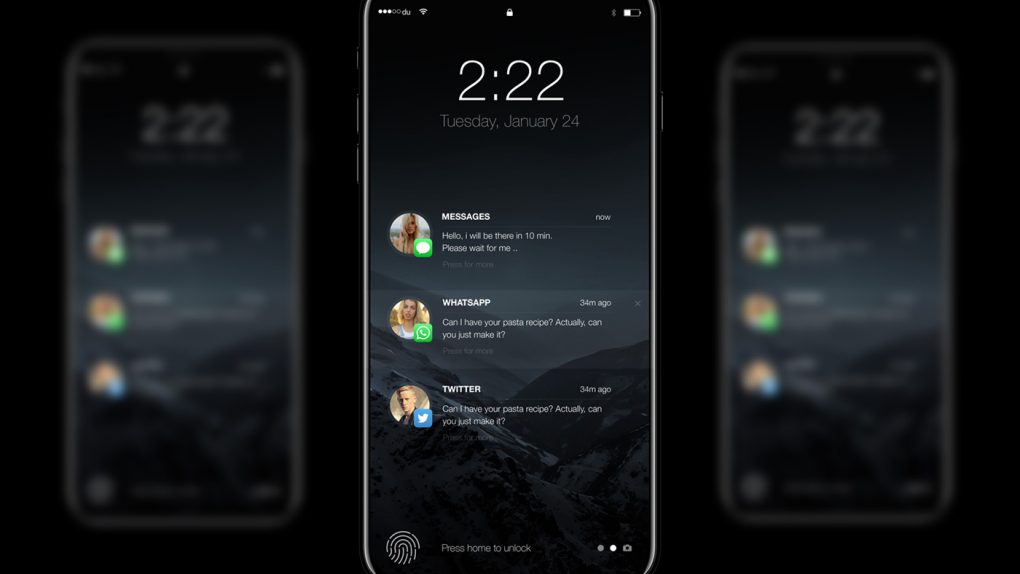Apple has yet to begin iPhone 8 production, but some of the latest reports emanating from the rumor mill suggest that Apple’s next-gen iPhone will be even more compelling than we initially imagined. While it’s more or less a given that the iPhone 8 will sport an edgeless OLED display, we’re now starting to see mounting evidence that the device will also feature a revolutionary new 3D camera.
Word of Apple’s interest in incorporating a 3D camera onto the iPhone 8 first emerged this past February via a research note from reputed analyst Ming Chi-Kuo of KGI Securities. Kuo relayed that the camera module on Apple’s next-gen iPhone will utilize 3D sensing technology from PrimeSense, an Israeli company Apple purchased a few years ago. PrimeSense, remember, supplied the technology that Microsoft used on its first-gen version of Kinect. Not mincing words, Kuo boldly stated that the iPhone 8 camera could very well “reinvent the user experience.”
Bolstering Kuo’s report, Morgan Stanley analyst Charlie Chan is out with a new research note (via Barrons) arguing that Himax Technologies has seen its share price rise appreciably this year because of a deal it struck with Apple to provide 3D sensing components for the iPhone 8.
As to why Himax Technologies is a good fit for Apple, Chan writes:
There are already 3D sensing technologies based on PC/tablet that can run: (1) face recognition, (2) gesture sensing, (3) 3D modeling, and (4) photo shooting enhancement… We think 3D modeling has the greatest potential, because it can be developed to new AR/VR applications (gaming, virtual social networks, etc.). Today, Intel’s RealSense 3D camera has enabled 3D sensing in PC/tablet platforms. Himax’s wafer level optics (WLO) technology can further reduce the size and fit the 3D sensing in smartphones.
Indeed, if there’s one thing Apple can’t get enough of, it’s increasingly compact and miniaturized components.
With a 3D camera in tow, it’s believed that Apple will introduce a number of advanced facial recognition and augmented reality features into the iPhone 8 user experience. In addition to being able to take 3D selfies, there is also speculation that Apple’s camera technology will allow users to place a 3D version of their head on a video game character’s body.
Coupled with a radical new redesign years in the making, the iPhone 8’s rumored $1,000 pricepoint is starting to make a lot more sense.








